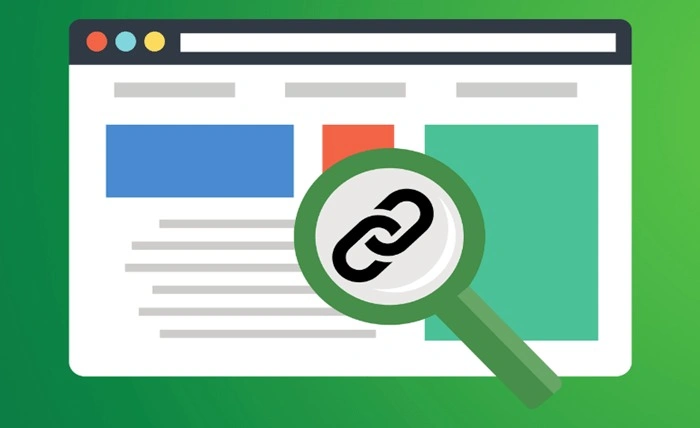In the evolving world of SEO, link building continues to play a crucial role in driving organic traffic and improving rankings. Among the various strategies available, link building packages are a commonly offered solution by SEO agencies and freelancers. But are these packages truly worth the investment? In this article, we’ll break down the benefits, potential pitfalls, and steps to effectively evaluate and implement them for your digital marketing strategy.
Understanding Link Building Packages
Link building packages are pre-bundled services that typically offer a set number of backlinks over a specific time frame. They may include links from guest posts, directories, niche edits, or outreach campaigns, and often come in tiers based on domain authority (DA) or traffic.
For example, a basic package might include 5 backlinks from DA 30+ websites for $200, while a premium option might offer 10 links from DA 50+ websites for $1,000. These packages promise convenience and scalability—but not all deliver quality. While they can save time, it’s essential to understand where the links are coming from and whether they align with your SEO goals.
To start, request samples or reports from the provider. Check metrics like domain authority, relevance to your niche, anchor text variety, and link placement. Use tools like Ahrefs or SEMrush to verify link sources before purchasing.
Benefits of Link Building Packages
One of the primary advantages of using these packages is time efficiency. Building links manually through outreach, negotiation, and content creation can be time-consuming. Packages simplify this process, offering a plug-and-play model for busy marketers or small teams.
Another benefit is scalability. As your site grows, maintaining a consistent flow of backlinks becomes critical. Packages allow for a predictable, streamlined approach. For instance, an eCommerce business launching new product pages each month may rely on consistent backlinks to boost new content visibility.
If you’re using a package, the first step is to align it with your SEO strategy. Identify which pages need link equity and choose packages that allow custom targeting. Prioritize links to pillar content or high-converting landing pages to maximize ROI.
Potential Risks and Red Flags
Despite the convenience, there are significant risks involved. According to a leading link building agency in Dallas, one of the most common issues is low-quality or spammy backlinks. Links from PBNs (Private Blog Networks), irrelevant websites, or link farms can trigger Google penalties and do more harm than good.
Additionally, overuse of exact match anchor text, unnatural link velocity, or links from non-indexed sites are red flags. For example, if a package promises 100 links in a week for $50, that’s a sign of automation and potential spam—avoid it at all costs.
To mitigate these risks, always vet the provider. Ask for transparency: What sites are being used? Are links placed contextually within high-quality content? Use Google Search Console to monitor for manual actions and disavow harmful links promptly if issues arise.
How to Choose the Right Package
Selecting the right package starts with setting clear goals. Are you trying to boost domain authority, rank a specific keyword, or support a content marketing campaign? Your goal will determine the type of links you need—editorial, niche-relevant, high-DA, etc.
Look for providers that offer flexibility and transparency. A reputable package will allow you to pre-approve domains, select anchor texts, and view sample content. Avoid vendors that guarantee rankings; instead, focus on those who emphasize quality and relevancy.
Once you choose a package, ensure tracking is in place. Use UTM codes, backlink monitors, and keyword trackers to measure impact. Analyze traffic changes, referral visits, and ranking movements to gauge the true effectiveness of the links acquired.
The Role of Relevance and Content Quality
Relevance is key to link value. A link from a DA 70 website about auto parts won’t help your health and wellness blog. Google values contextual relevance and topical authority more than sheer metrics. Quality content that supports the link is equally important.
For instance, if you’re in the SaaS niche, a guest post on a digital marketing blog discussing B2B conversion tools—with a natural backlink to your product page—is far more beneficial than a link buried in a generic roundup post.
To ensure relevance, review the linking domains for topical alignment. Ask providers for content samples and ensure the articles offer real value. If possible, collaborate on content direction or provide outlines to maintain brand voice and message consistency.
Alternatives to Link Building Packages
If you’re hesitant about packages, there are alternative link-building strategies worth considering. Manual outreach, digital PR, broken link building, and content-driven link acquisition (e.g., infographics, statistics posts) are all effective options.
For example, using HARO (Help a Reporter Out) can earn high-authority editorial backlinks from news outlets. Publishing original research or thought leadership can attract organic links over time. These approaches may take more effort, but they’re safer and often more rewarding long-term.
Start small with one tactic. If you’re new to outreach, draft personalized email templates and target a list of 20 industry blogs. Offer unique guest post topics or infographics and track responses. With consistent effort, organic link building can scale naturally.
Final Verdict: Are They Worth It?
Link building service packages can be worth it—but only when used wisely. They should be one component of a broader SEO strategy, not the foundation. The key lies in choosing reputable vendors, prioritizing relevance, and continuously monitoring performance.
If you’re just starting or strapped for time, a high-quality, transparent package can jumpstart your backlink profile. However, blindly investing without due diligence can lead to wasted resources or worse—penalties that take months to recover from.
Evaluate each opportunity carefully. Balance convenience with caution, and always prioritize quality over quantity. Done right, link building—packaged or not—remains one of the most impactful levers in digital marketing today.


